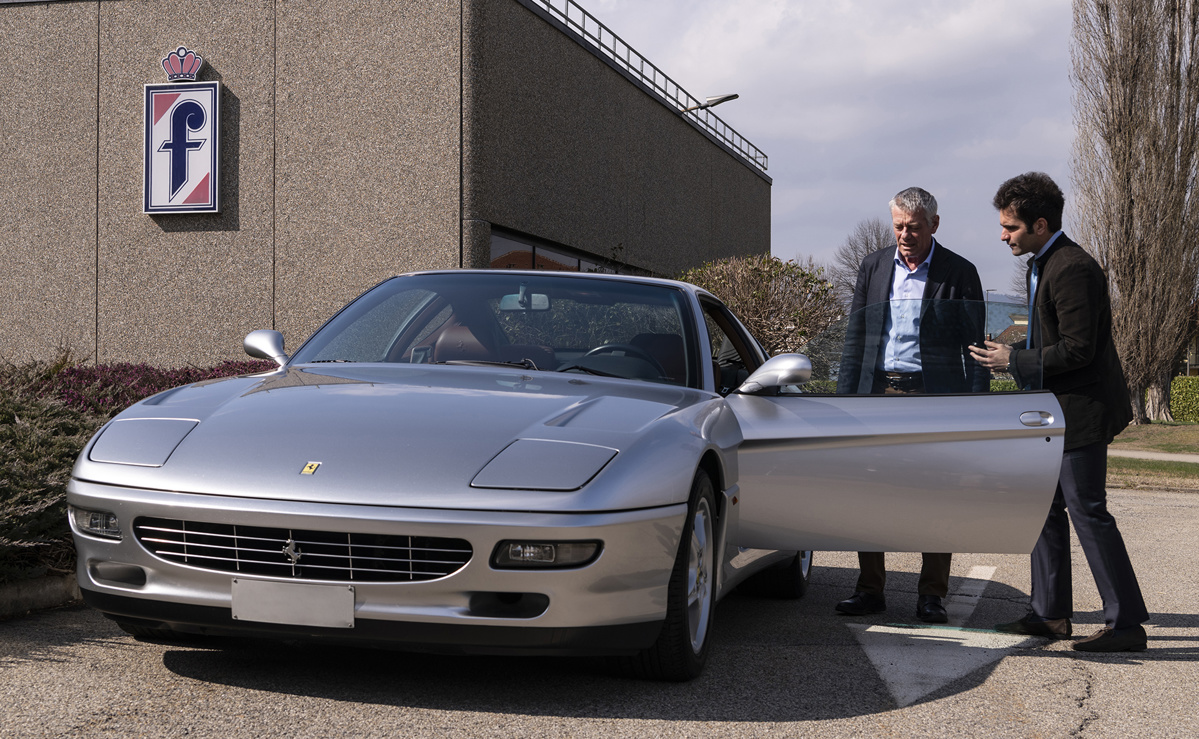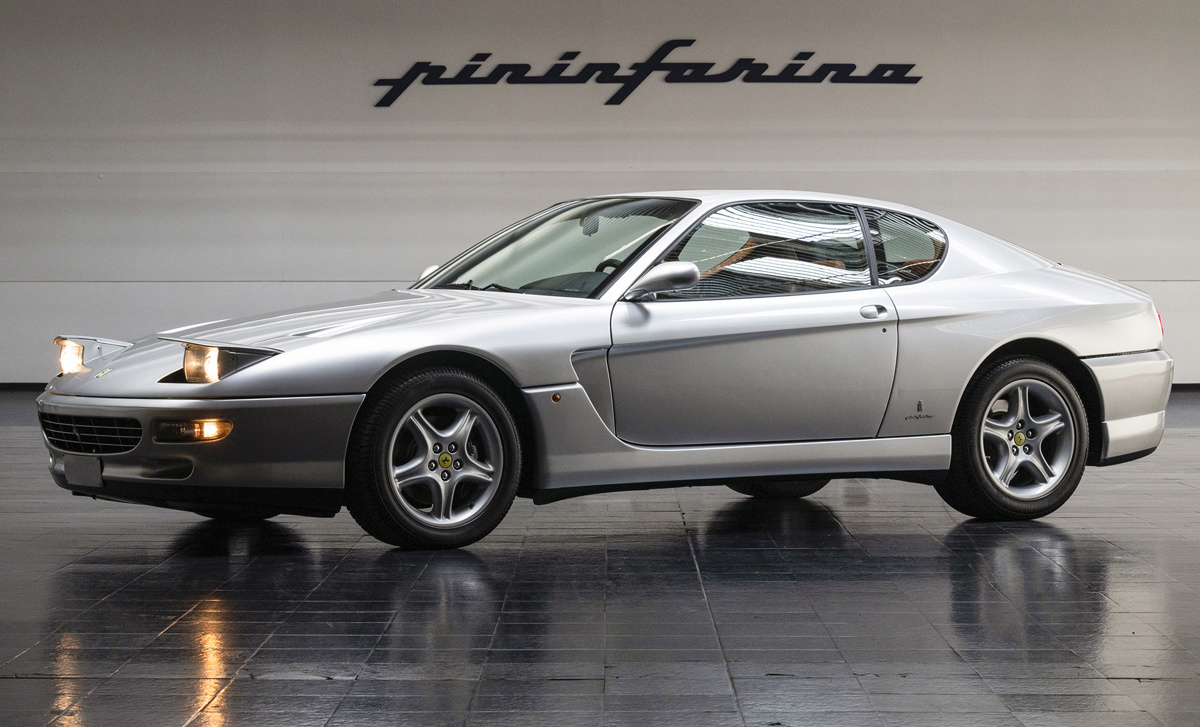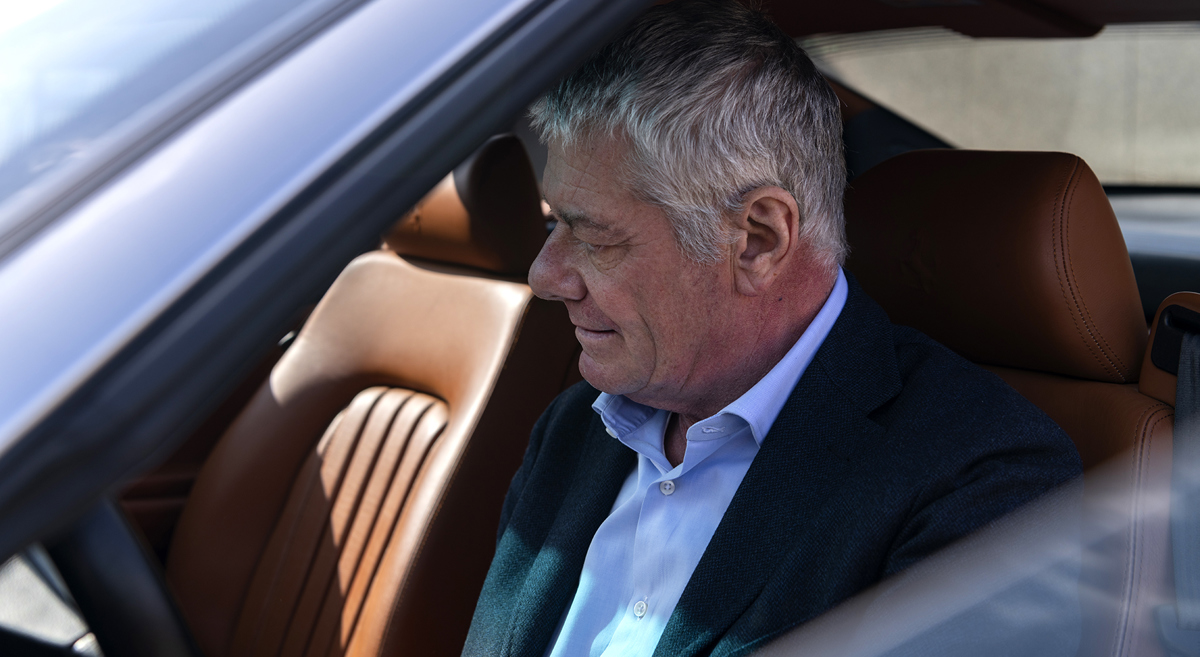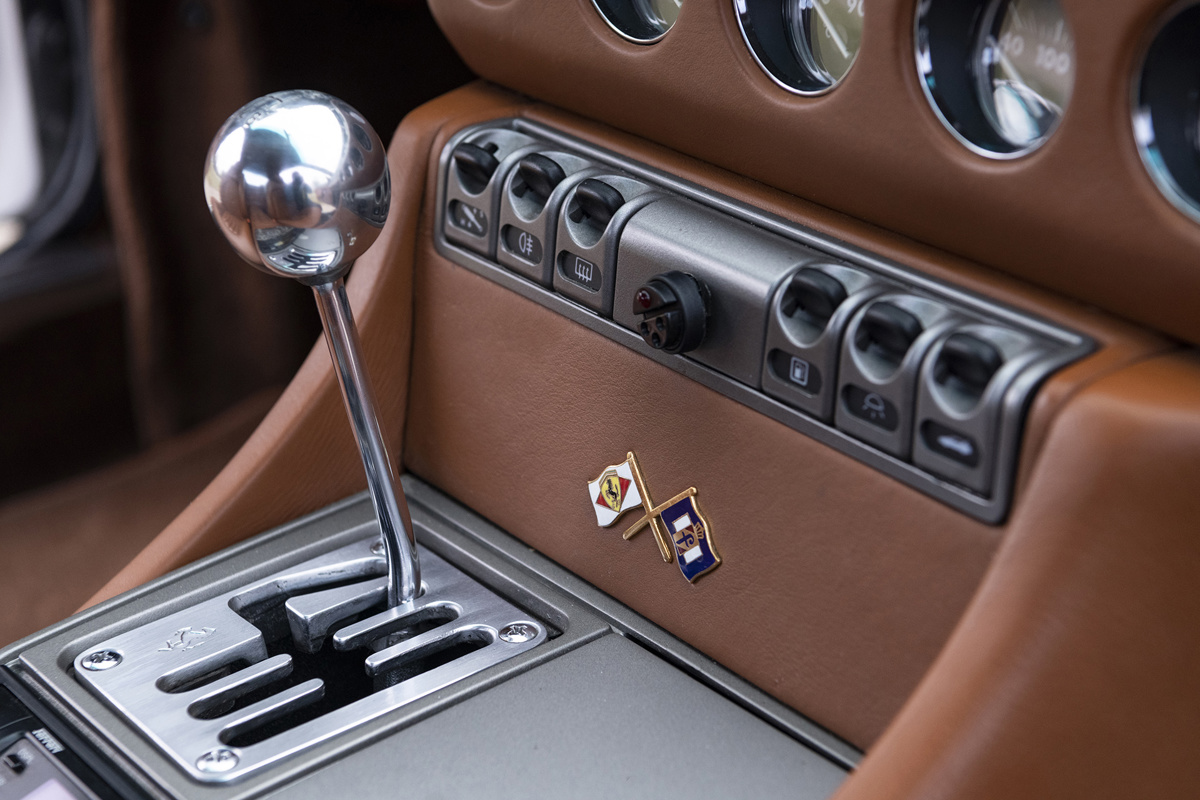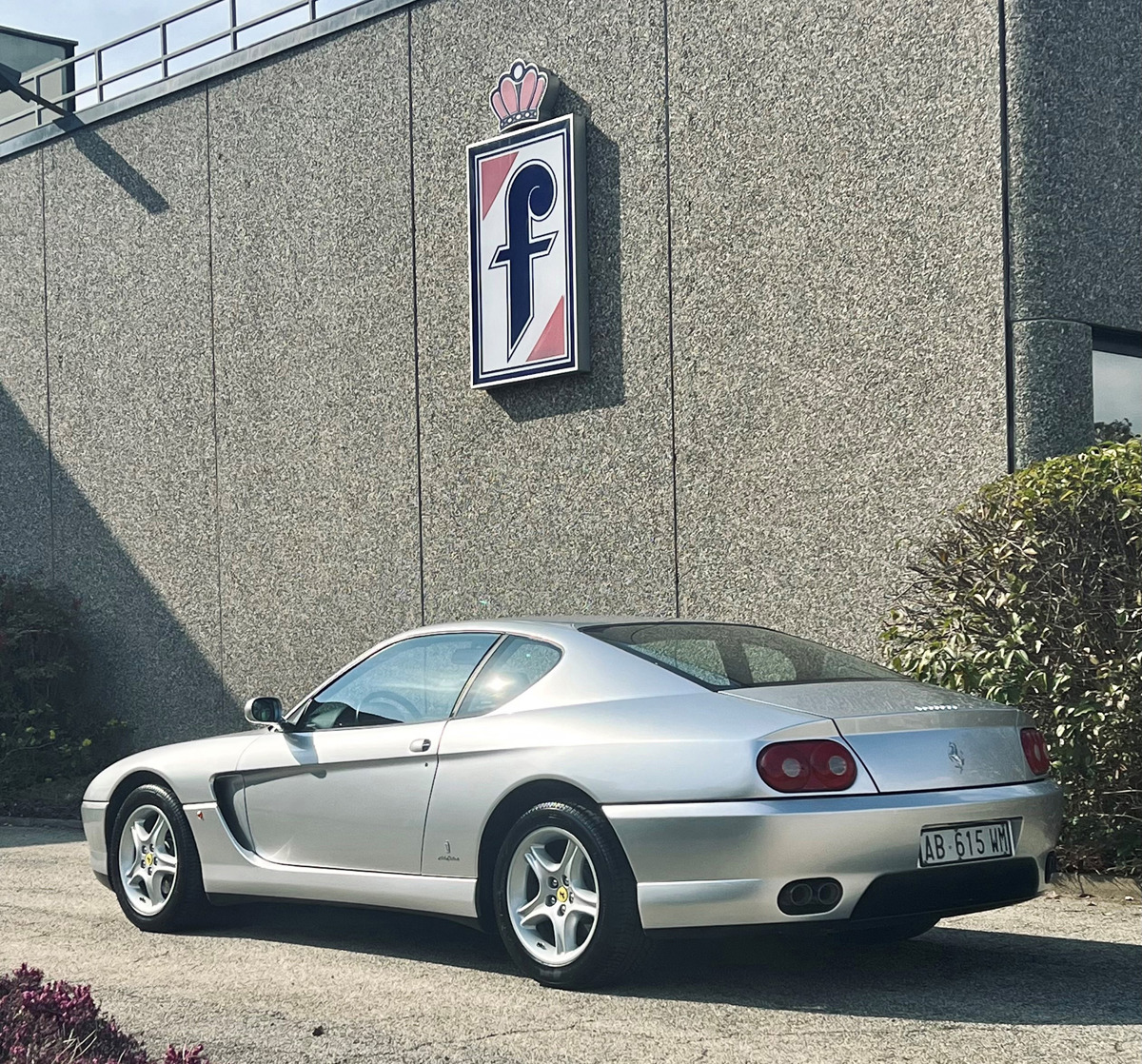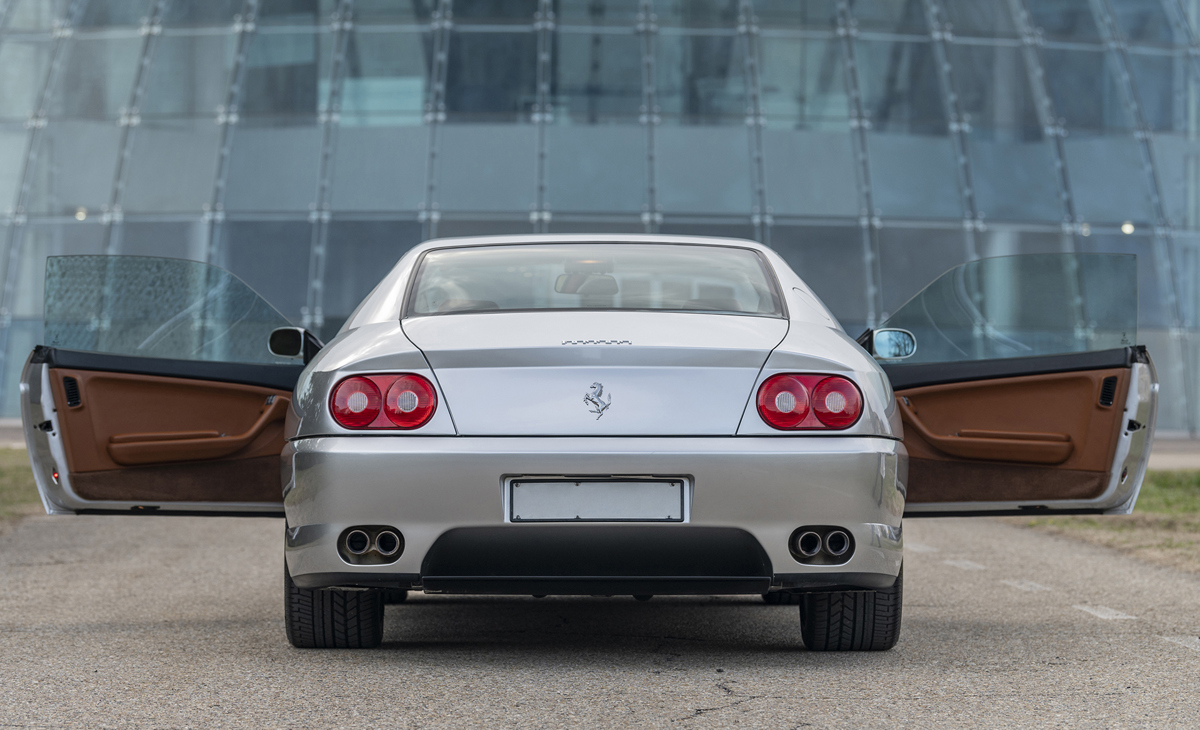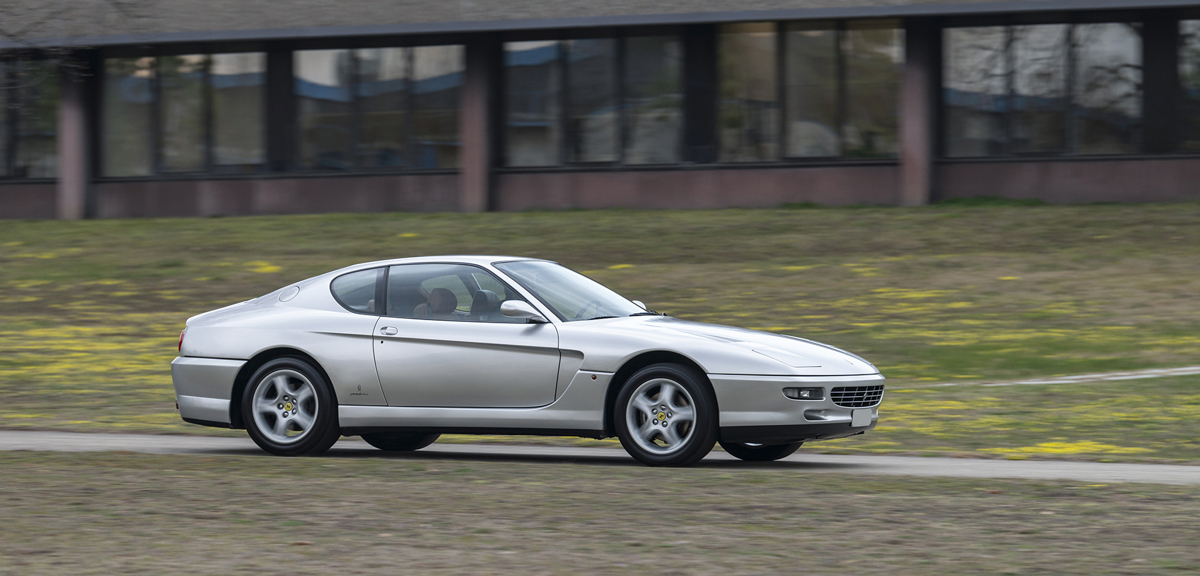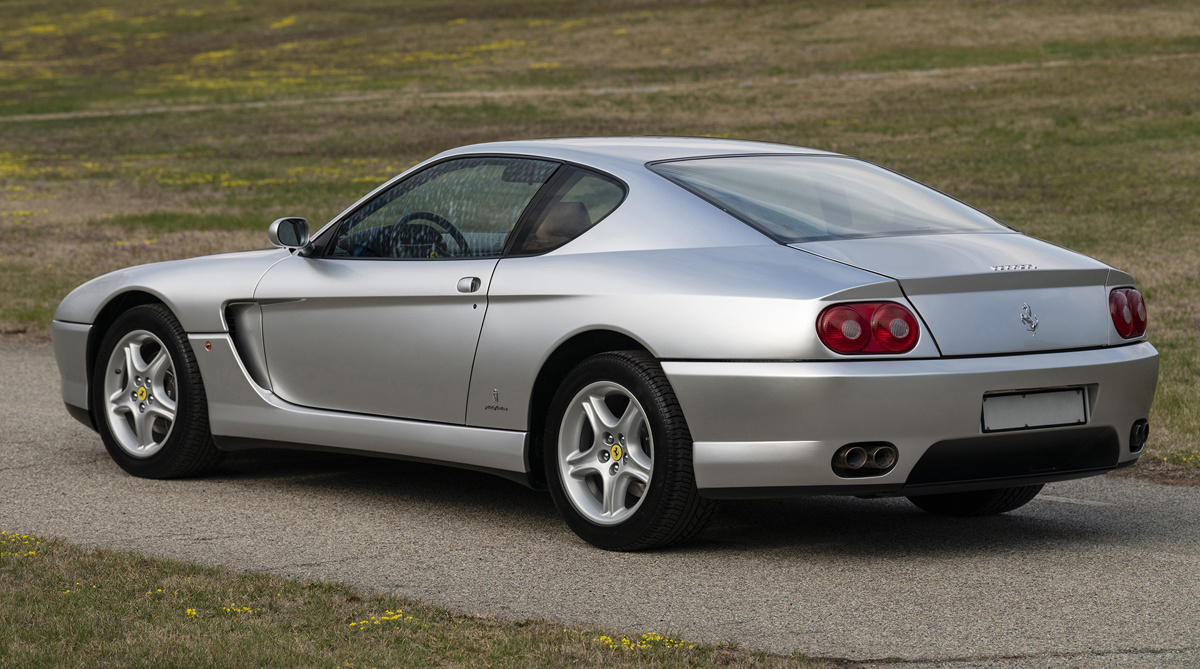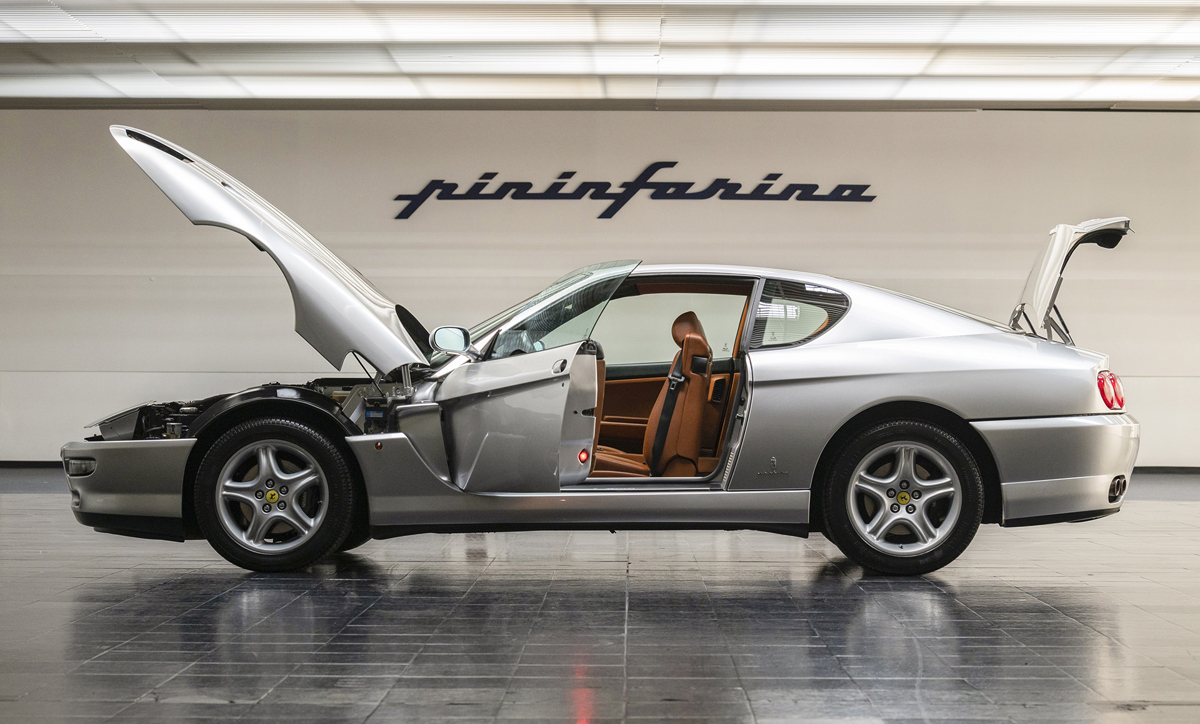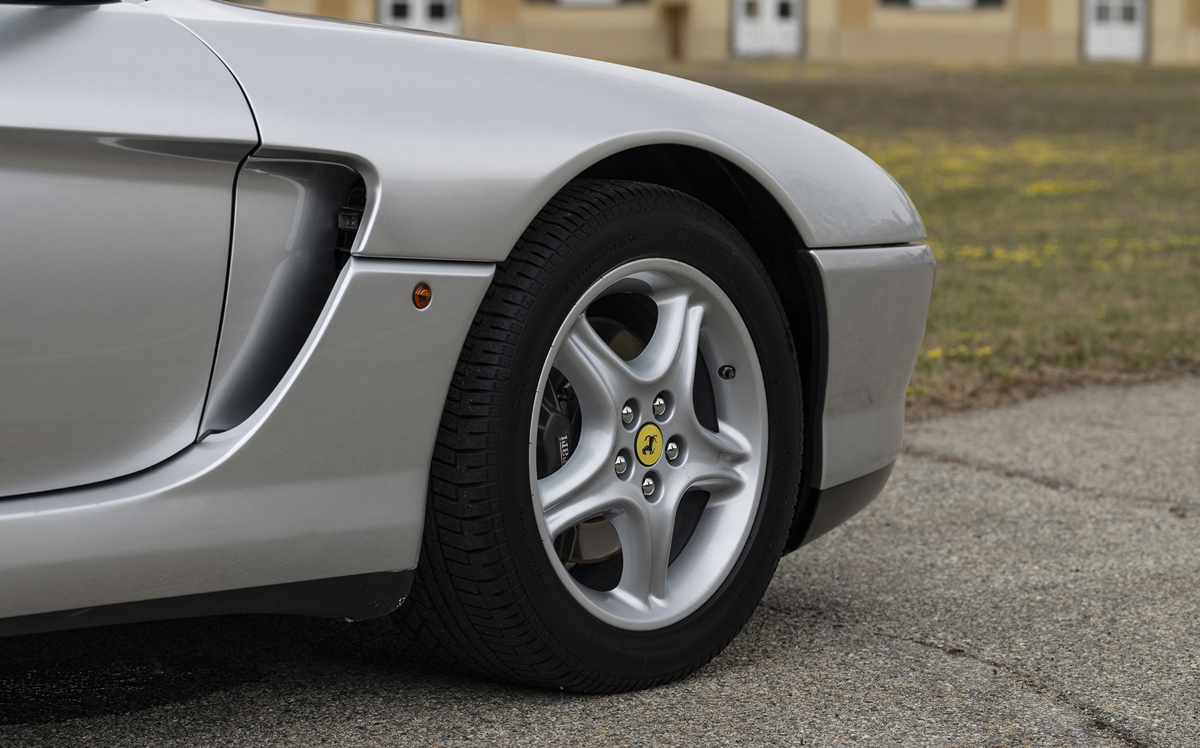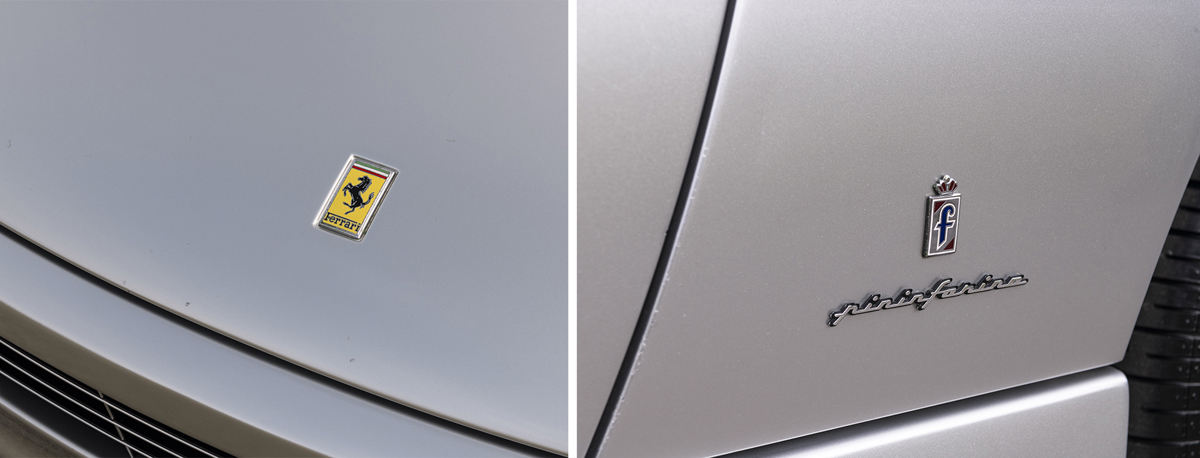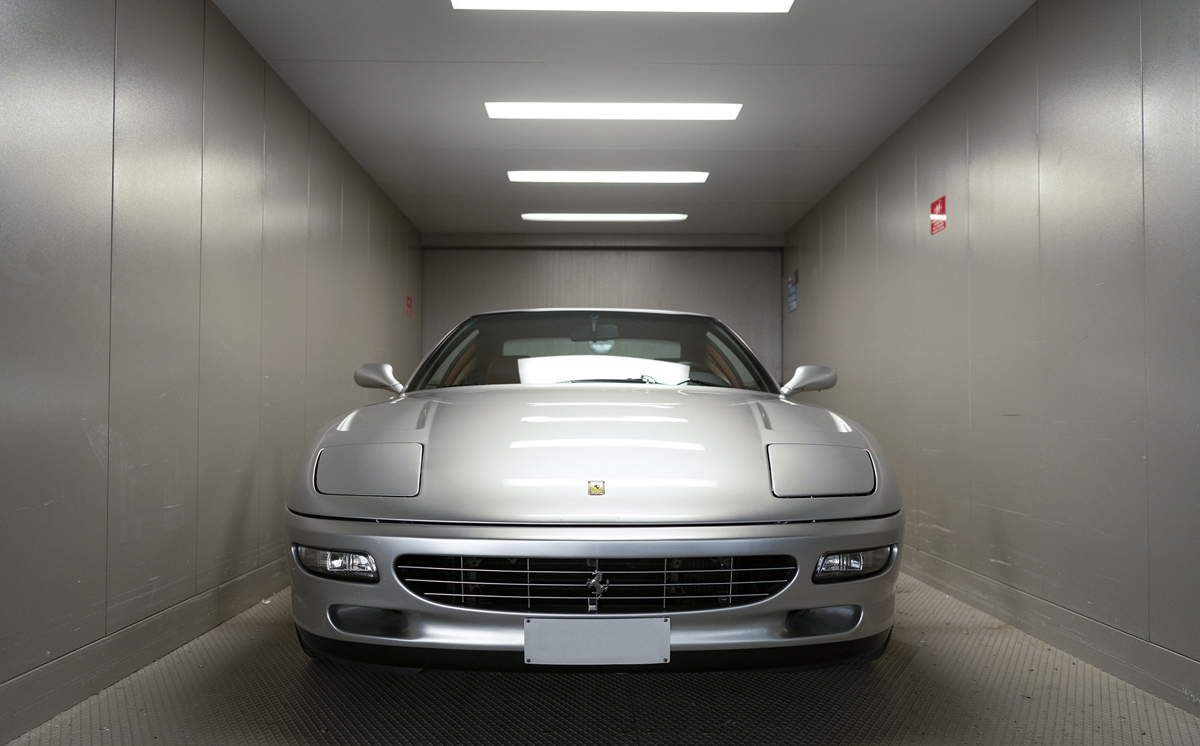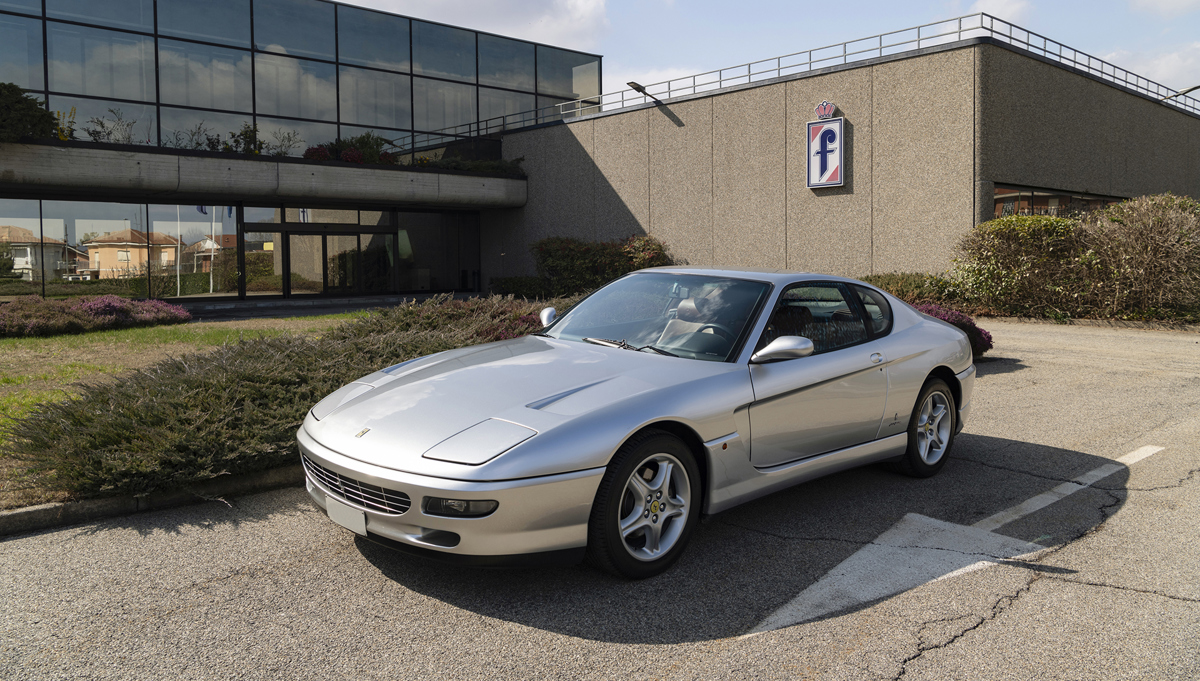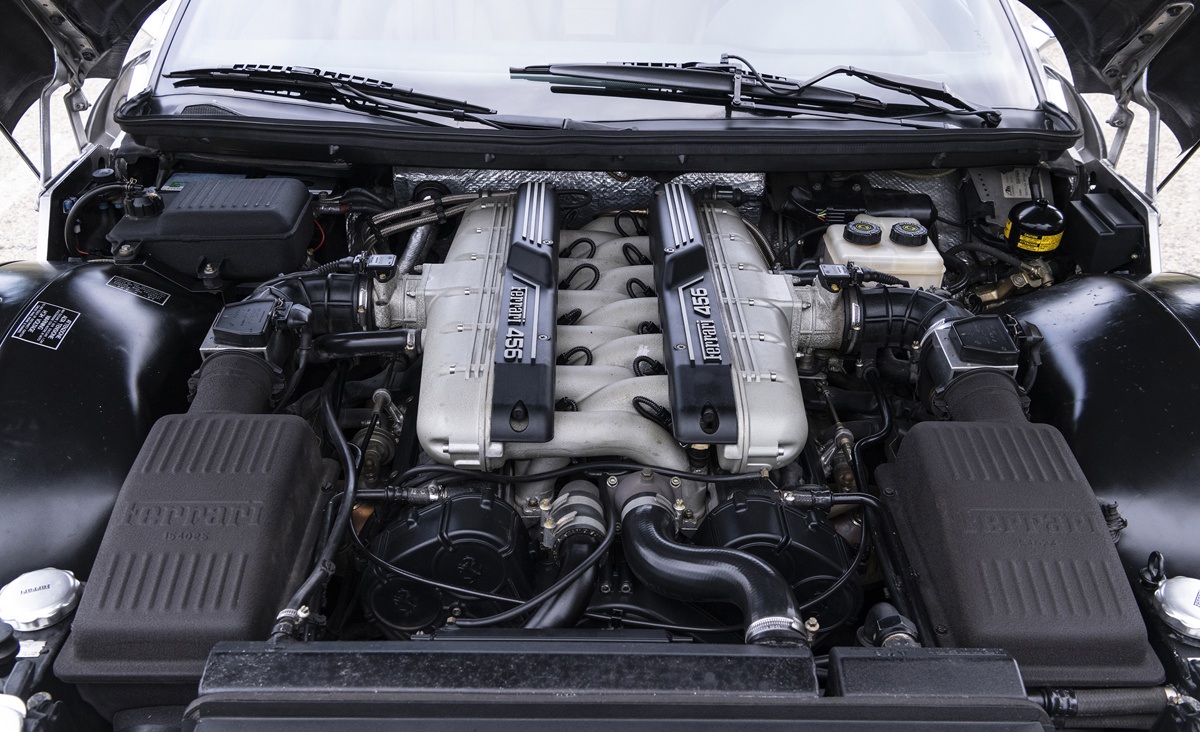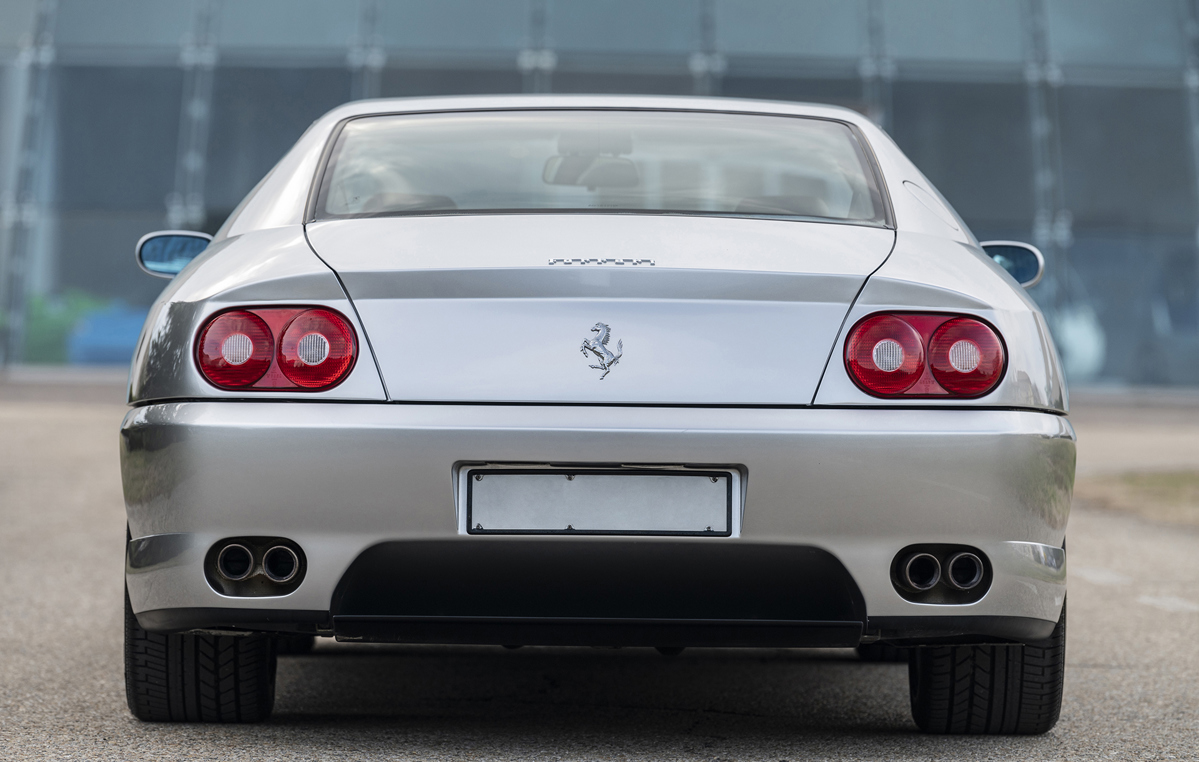In Italy, designing the future is a family tradition. To create a timeless shape, one must understand the past while envisioning ahead many years. Sitting under the filtered lights in Pininfarina’s design studio in Cambiano, in Italy’s northwest Piedmont region, the 1995 Ferrari 456 GT once owned by Sergio Pininfarina himself looks fresh and modern. The noble and elegant gran tourismo was supplied from the Ferrari factory in a direct sale and has remained part of the Pininfarina family collection ever since.
Continuing the company’s legacy, Sergio’s son, Paolo, is now the man responsible for translating his family’s tradition into a new universe of products and projects for brands around the world, from Ferrari to Coca-Cola. In 2019, the firm released their own supercar, the Battista, named for their founder and powered by quad liquid-cooled permanent magnet synchronous electric motors at each wheel. Moving beyond physical products, Pininfarina just announced a collaboration with RM Sotheby’s for a one-of-one digital artwork modeled after the Modulo concept. I visited Paolo Pininfarina for an extensive audience one week before RM Sotheby’s Monaco auction on 14 May, where his father Sergio’s personal Ferrari 456 GT will leave family ownership for the first time. Here is the car and interview:
RM Sotheby’s: What does the car represent for you from an emotional and personal point of view? What did your father think of it?
Paolo Pininfarina: The 456 GT is the last Ferrari my father owned, so it has a very special value for our family and our company history. It is a sober and elegant car, with a classic design and quite muscular at the back. My father loved it very much because it was the result of a complex design effort in the early 1990s; a car that represented a new chapter for Pininfarina.
RMS: Do you have a particular memory or anecdote about this car that you would like to share?
Paolo Pininfarina: I remember my dad used to drive it quite a lot and we spent quite some time together in this car. A nice memory I have is a journey of about half an hour from Garlenda to Cervo Ligure in the summer of 1996. I used to be in the back seat during these trips... feeling quite uncomfortable as you can imagine, in keeping with the Ferrari 2+2 tradition.
RMS: Is there any detail or secret about the car that only you know?
Paolo Pininfarina: Yes. The naval flags representing the initials "p" and "f" of Pininfarina and Ferrari are common to all our design cars owned by the two families, at least until 2014; I think an almost unknown detail is the "Lancia" type stitching of the seats in the longitudinal direction. We were inspired by the great Lancias of the 1960s for its interiors, as they were the height of elegance and Italian style at the time.
RMS: The Ferrari 456 is a noble design introduced in 1992, a key period in the evolution of the Ferrari brand. Why is it an important car in the history of Pininfarina design and what did it represent from a stylistic point of view?
Paolo Pininfarina: This car is very “classic” in terms of its design; a typical expression of Pininfarina's mature design of the early 1990s. This car represents a return to a certain Ferrari classicism, a return to the classic coupe, with front engine and 2+2 seat configuration, in keeping with Ferrari's design tradition.
RMS: Was it a strong change of direction from past cars? What new design elements were introduced?
Paolo Pininfarina: This car replaces the Ferrari 412 and was certainly a strong change of direction from a styling point of view. Compared to the 412, the evolution is remarkable because the identity is much sportier, and the lines are much less angular and much more fluid. The 456 is a throwback to 1960s Gran Turismo cars, with a return to the round rear lights in a more modern configuration.
RMS: Which cars from the glorious past did Pininfarina take inspiration from for the 456 GT, and which later cars did it inspire?
Paolo Pininfarina: I can see two inspirations: the front engine air outlet is an "inverted" version of the rear air inlet of the Ferrari Mythos concept car introduced at the 1989 Tokyo Motor Show; the downward sweep of the roof and the volumes of the rear are like those of the Daytona of the late 1960s.
RMS: What are the typical distinctive features of the Pininfarina brand on this car?
Paolo Pininfarina: Simplicity and essentiality in terms of lines and surfaces. The 456 is a Pininfarina car because Pininfarina is at its best when it comes to respect of proportions, with a unique ability to reconcile modernity with classicism. It’s both a very elegant and sporty car.
RMS: How did it fit into the automotive scene of the early 1990s and how was it received by the press and the public?
Paolo Pininfarina: Considering the luxury market at the time, I think that over 1500 units produced represented a good commercial success. Above all, the model was quite long-lived as it was produced from 1993 to 2003 and, if I remember rightly, was very well received by the press. Moreover, the 456 was a Ferrari that lent itself to colours that were less garish than typical (red and yellow), making it a car that could be shown off soberly every day.
RMS: Ferrari and Pininfarina are the most iconic link between automaker and coachbuilder in the history of car design. What values did Ferrari share with Pininfarina, and how were they expressed with the 456?
Paolo Pininfarina: From a stylistic point of view, as Enzo Ferrari said, the longevity of our design has always been the value that makes the difference. A Ferrari dressed by Pininfarina however, had to be profoundly innovative and, in this sense, the 456 achieves its objective because its architecture is in strong discontinuity with the previous 412.
RMS: What has the sixty-plus-years relationship with Ferrari meant for you in terms of evolution and styling?
Paolo Pininfarina: In 2013, the year after my father's death, Ferrari organised the "Sergio Pininfarina's Ferraris" exhibition at the Ferrari Museum in Maranello, and the exhibition poster counted more than 100 production models, including variants, characterised by our design contribution. I would like to say that in more than 60 years of collaboration, from 1952 to 2014, Pininfarina has not only carried out an immense stylistic activity but has also made a decisive contribution to the construction of the Ferrari brand identity. The value of this work is now recognised throughout the automotive world by both traditional manufacturers and the start-ups that are entering the market today.
RMS: How has your approach to style changed since the separation?
Paolo Pininfarina: Little has changed from the point of view of values: innovation, elegance, and essentiality remain the prerequisites for all our design projects, even in the future. Certainly, if the collaboration had continued as organically and explicitly as it did until 2014, we would not have developed sports car projects like the H2 Speed in 2014, the Fittipaldi EF in 2017 and, from 2018 onwards, the Battista for Automobili Pininfarina.
RMS: What new markets are you approaching and how do you plan to speak to the next generation?
Paolo Pininfarina: We are growing geometrically in the two most important markets in the world, the United States and China, through our offices in Miami and Shanghai, which together account for about 20% of the value of Group production, which is currently around 70 million euros. Pininfarina of America was recently awarded the "A great place to work" certification, which shows that our company can be attractive to young people, as we see happening today at the Cambiano headquarters.
RMS: You have launched the Battista, a phenomenal piece of design but also an engineering gem. What are the future plans for PF Automobili?
Paolo Pininfarina: The Battista is a dream come true. I have had the privilege of driving it and I can confirm that I have never seen or tried a car that is comparable in terms of both beauty and performance. It's a full electric hypercar, 110% innovative, as it should be for a car that bears the name of our Founder. As far as the future of Automobili Pininfarina is concerned, I think it's best to keep this confidential for the time being.
RMS: What do you think about the future of car design in the context of an electrified world and what role will Pininfarina play?
Paolo Pininfarina: From 2015 onwards, the car is experiencing four revolutions at the same time: connectivity, autonomous driving, shared ownership, and electrification. A concentration of innovation, even disruptive innovation, that doesn't frighten us because the future is in our DNA. A good recent example of our synthetic approach to innovation is the Teorema concept presented in virtual form in the summer of 2021.
With its impeccable Pininfarina family provenance, this 1995 Ferrari 456 GT is sure to attract some attention when it goes up for auction next week in Monaco. To access further information about this exclusive example, including full documentation and an extensive photo gallery, please click here.


